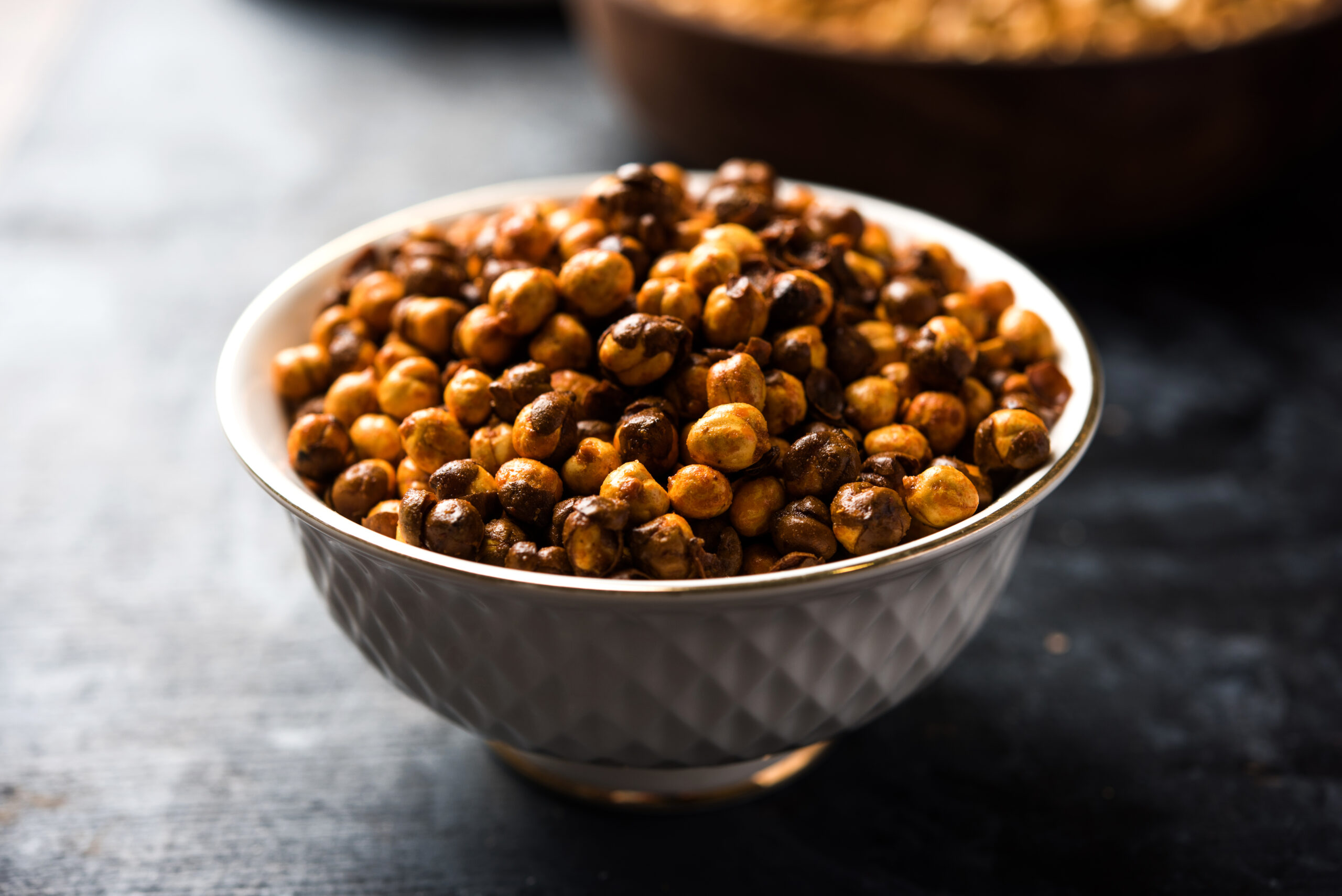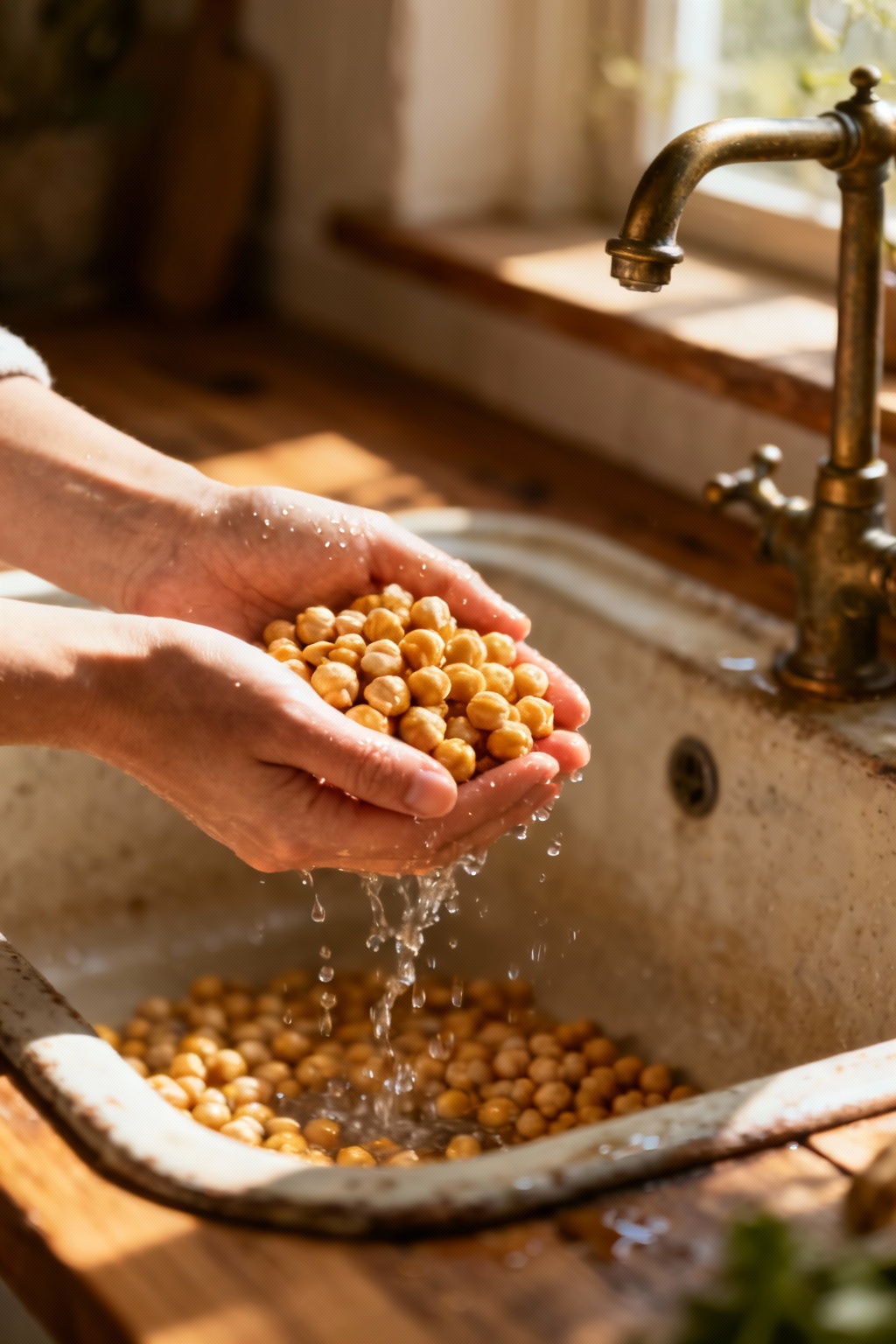Physical Address
304 North Cardinal St.
Dorchester Center, MA 02124
Physical Address
304 North Cardinal St.
Dorchester Center, MA 02124

Let me tell you about my obsession with crispy roasted chickpeas that began after a spectacular kitchen mishap. For months, I ended up with soggy, chewy snacks when all I wanted was a satisfying crunch. My neighbor — a true kitchen wizard — finally stepped in and said, “Oh honey, you’re doing it all wrong.” It turns out that mastering truly crispy roasted chickpeas is more science than chance. Once you know the secrets, you’ll never waste money on expensive store-bought snacks again.
Unlike many failed attempts, these chickpeas stay crispy for days. They’re budget-friendly, totally customizable with your favorite flavors, and perfectly guilt-free. Plus, cracking the code on the perfect crunch is insanely rewarding.
!
Start at a moderate 375°F to cook the chickpeas through without burning, then bump up to 425°F for that perfect crunch. It’s just like cooking a thick steak—temperature control is key.
How long do they stay crispy?
Best crisp for 2-3 days stored in a slightly open container, up to a week with some crunch loss.
Can I use dried chickpeas?
Yes! Cook them just until tender and then follow the recipe for drying and skin removal.
Why are mine chewy?
Usually due to moisture or incorrect oven temp. An oven thermometer is a great investment.
Are they healthy?
High in protein & fiber, moderate fat, low sodium you control—great snack choice.
Can I make them ahead?
Yes, but just a day before. Refresh with 5 minutes in a 375°F oven if needed.
Mastering crispy roasted chickpeas is more than just following a recipe—it’s unlocking a satisfying snack milestone. These nuggets of crunchiness are perfect for spontaneous snacking or elevating salads. Remember: dryness, skin removal, temperature finesse, and patience are your friends here. As Kenji López-Alt notes, understanding the science behind heat and moisture transforms your cooking.
Start your crispy chickpea adventure today and take your snack game to a whole new level!